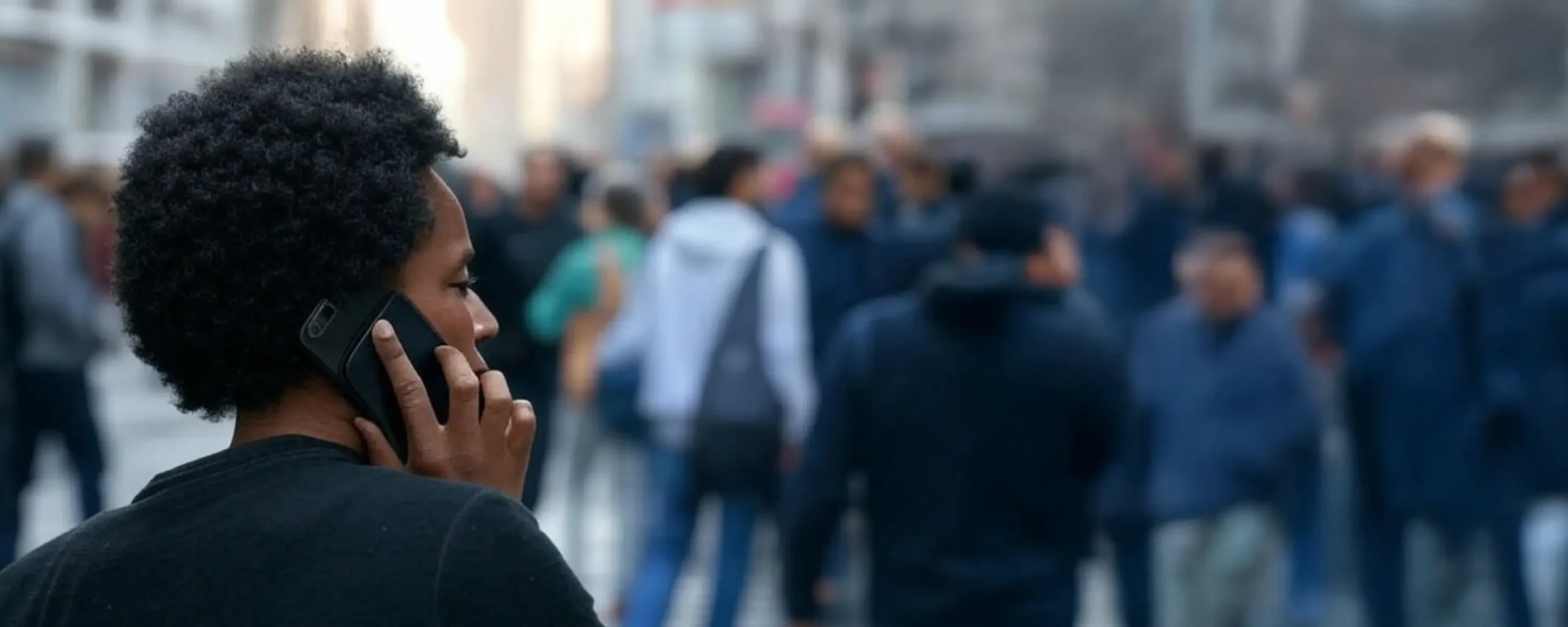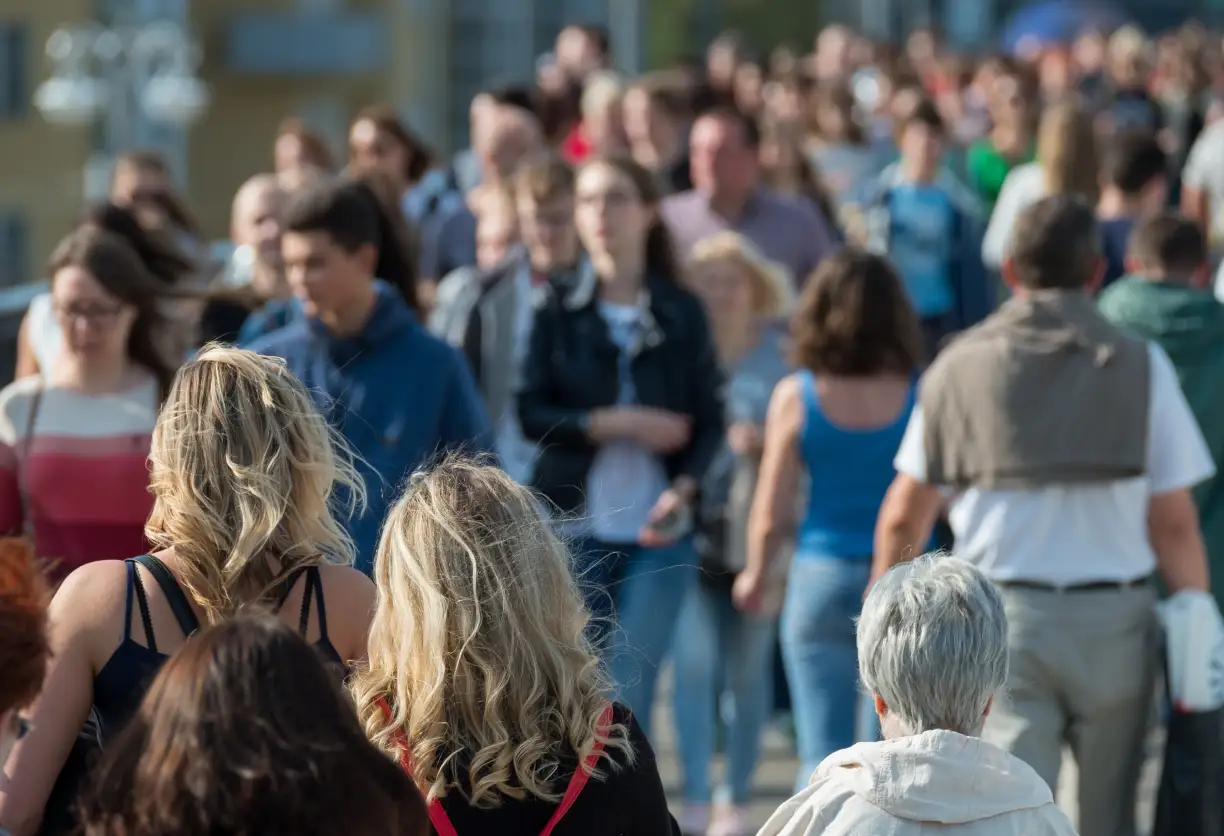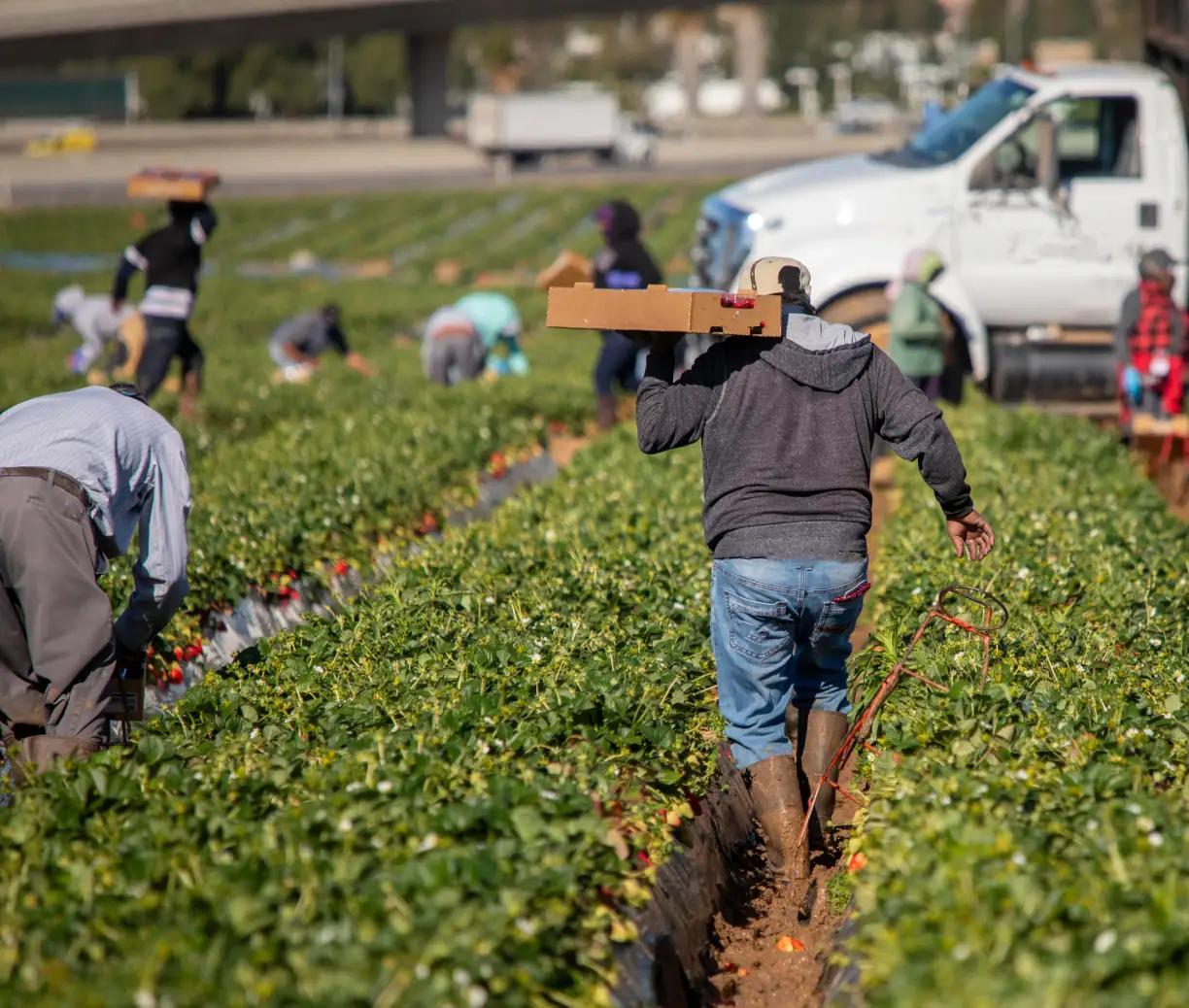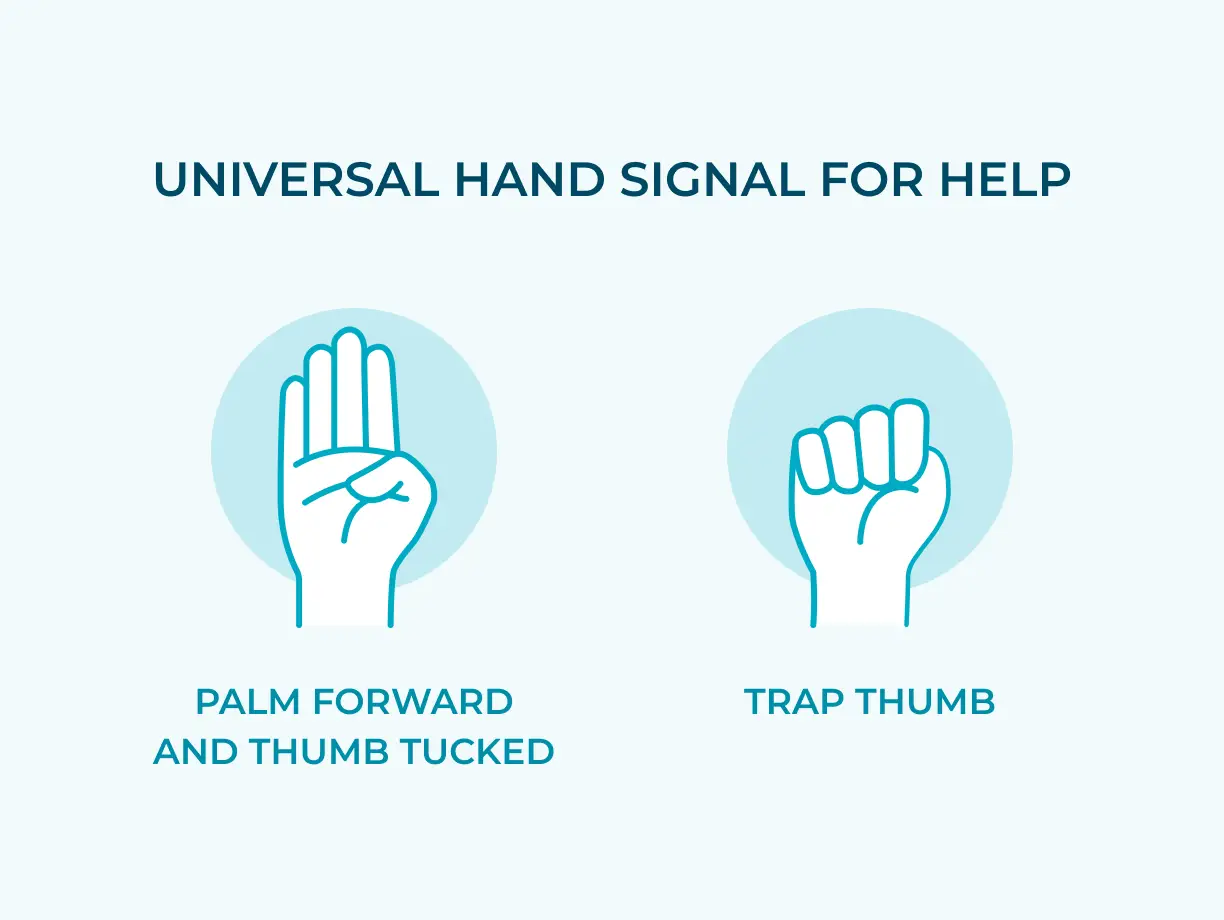See Something. Say Something.
Stopping human trafficking begins with awareness. This guide empowers the community to recognize the warning signs, take action, and know what to do if they encounter someone who may be a victim.
See Something?
Call if you or someone you
know is being forced to work
or is exploited
1-855-FLA-SAFE
1-855-352-7233

What is Human Trafficking?
The unlawful act of transporting or coercing people in order to benefit from their work or service, typically in the form of forced labor or sexual exploitation.
Who are the Victims of Human Trafficking?
Human trafficking victims can be of any age, race, gender, nationality, or socioeconomic background. Many do not seek help due to factors like language barriers, fear of authority, or not realizing they are victims. Traffickers exploit these vulnerabilities by offering basic needs like food, shelter, or emotional support.


Where Does Human Trafficking Take Place?
Human trafficking victims can be found in both legal and illegal industries such as childcare, elder care, the drug trade, massage parlors, hair salons, restaurants, hotels, factories, and farms. Some are hidden in private homes, while others work publicly in places like dance clubs, construction sites, and beauty services under exploitative conditions.
Child and Elder
Care Facilities
Hair and Beauty
Salons
Restaurants and
Retail Shops
Farming and
Construction
Hotels and
Massage Parlors
Bus and Train
Terminals
What to Look For
Anyone can fall victim to human trafficking, but recognizing the signs can help identify those at risk and possibly save a life.
- The universal hand signal for help (see illustration).
- Individuals who appear to be controlled and do not have the freedom to leave.
- Individuals who appear disoriented, confused, or showing signs of mental or physical abuse.
- Individuals who show signs of having been denied food, water, sleep, or medical care.
- Individuals who lack personal possessions and appear not to have a stable living situation.

Truth vs. Myths.
Human trafficking is widely misunderstood, making it harder to recognize and prevent. Below are common myths and misconceptions — and the facts that set the record straight.
MYTH: Human trafficking doesn’t happen in the United States — it only occurs in other countries.
FACT: Human trafficking happens everywhere, including across the U.S. in cities, suburbs, rural areas, and possibly your own neighborhood.
MYTH: Only foreign-born individuals or those living in poverty become trafficking victims.
FACT: Human trafficking victims can be any age, race, gender, or nationality. They may come from any socioeconomic background, which refers to a person’s social standing based on factors like education, income, and occupation.
MYTH: Human trafficking only involves sex trafficking.
FACT: Sex trafficking exists, but it’s only one form of human trafficking. Forced labor is another, and both involve the exploitation of individuals. Victims can be found in both legal and illegal industries, such as sweatshops, massage parlors, agriculture, restaurants, hotels, and domestic work.
MYTH: Only women and girls can be victims and survivors of sex trafficking.
FACT: One study estimates that as many as half of sex trafficking victims and survivors are male. Advocates believe that percentage may be even higher but that male victims are far less likely to be identified.
MYTH: Trafficking victims will try to get help when they’re in public.
FACT: Human trafficking is often a hidden crime. Victims may be too afraid to seek help; they may be controlled through threats or violence; they might fear retaliation from traffickers, including harm to their families; and they may lack access to or control over their identification documents.
MYTH: Trafficking victims are always locked up or physically unable to leave.
FACT: That is sometimes the case. More often, however, people in trafficking situations stay for reasons that are more complicated. Some lack the basic necessities to physically get out – such as transportation or a safe place to live. Some are afraid for their safety. Some have been so effectively manipulated that they do not identify at that point as being under the control of another person.

How to Take Action.
Learning how to recognize the signs of human trafficking is the first step. Taking action is the next, and can save a life.
Or Notify SunRail Personnel